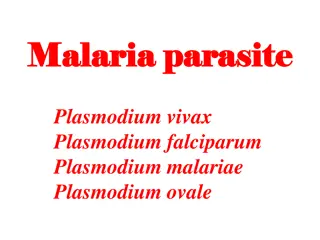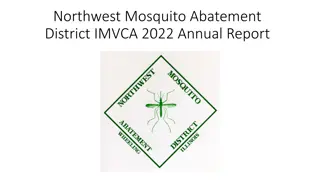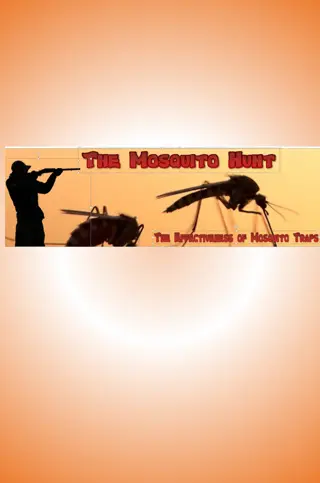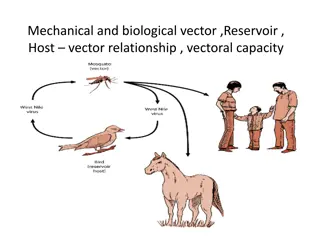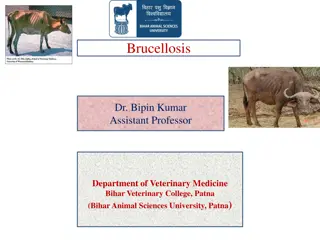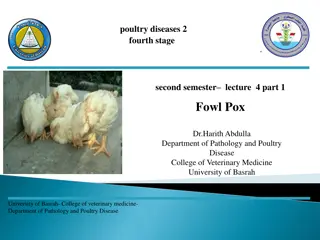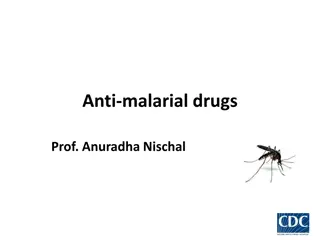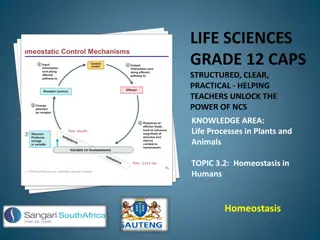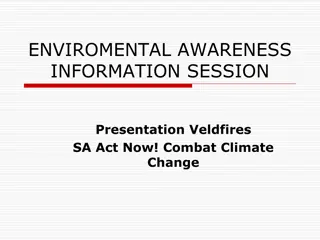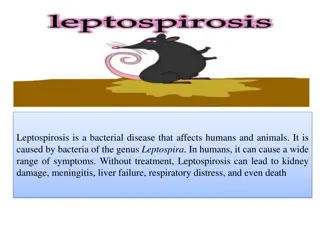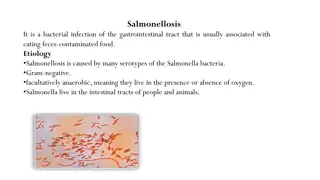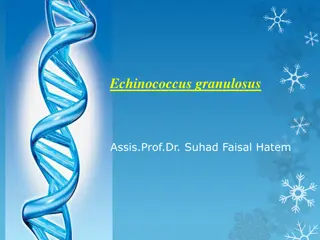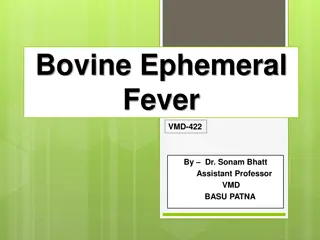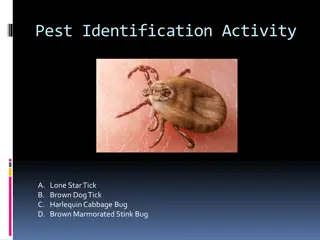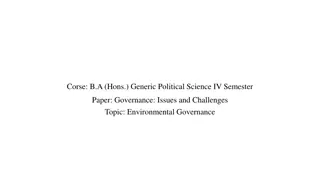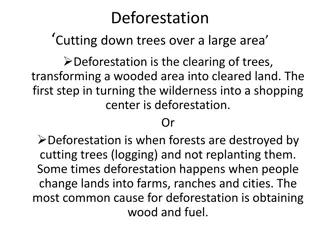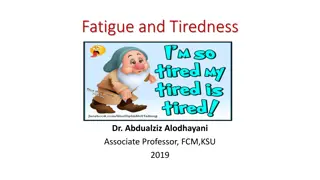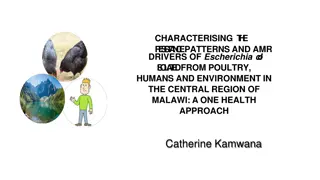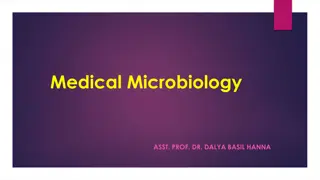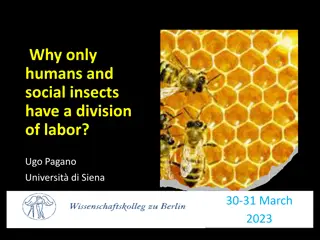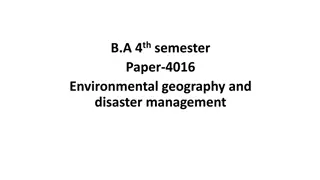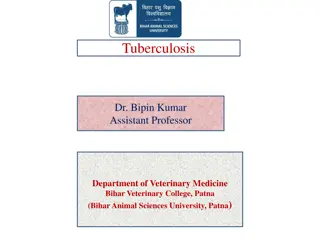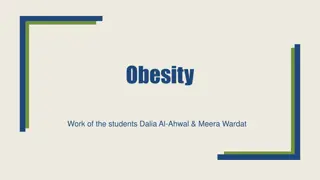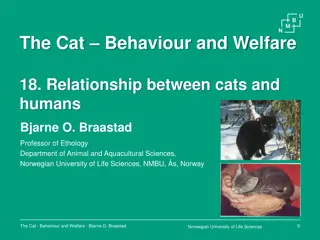Understanding the Impact of Mosquitoes on Humans: Causes and Solutions
Mosquitoes have been around longer than humans and play vital ecological roles. However, they also pose risks as disease vectors. The evolution of mosquitoes, human activities, and mosquito bites are explored along with ways to address this issue.
Download Presentation

Please find below an Image/Link to download the presentation.
The content on the website is provided AS IS for your information and personal use only. It may not be sold, licensed, or shared on other websites without obtaining consent from the author. Download presentation by click this link. If you encounter any issues during the download, it is possible that the publisher has removed the file from their server.
E N D
Presentation Transcript
Mosquito Mayhem? O What do these mosquitoes want from us? O What role did we play in creating this mayhem? O Can we fix the problem?
Mosquitoes O Mosquitoes were around long before humans O There are over 3500 known species of mosquitoes O Only around 100 species are known to be vectors of diseases
Mosquitoes O Since mosquitoes were here before humans, they have evolved to specialize in biting humans O Humans have made a major contribution to the success of mosquitoes O Aedes mosquitoes have evolved habitat specialization involving adaptation to container habitats
Mosquitoes O Order: Diptera Family: Culicidae O The most common, and most dangerous species belong to the genera: O Culex O Anopheles O Aedes
Negative effects of Mosquitoes ~ West Nile virus OCulex ~ Malaria OAnopheles ~ Yellow fever, Dengue, Chikungunya, Zika OAedes
Positive effects of Mosquitoes OEcological services O Vital role in the food chain O Pollination
Mosquito larvae OCulex OAnopheles OAedes
Mosquito larvae OCulex OAnopheles OAedes
Mosquito larvae OCulex OAnopheles OAedes
Why Mosquitoes Bite Humans? O Females need a blood meal to get the proteins necessary for egg development O They feed on nectar
How do they find us? O Chemically - Carbon dioxide, lactic acid and certain chemicals in sweat O Range 36 meters O Visually Usually motion O Heat detection
What have we done to deal with the mayhem? OOur actions have primarily been two-pronged O Chemical control O Source reduction
What have we done to deal with the mayhem? OOur actions have primarily been two-pronged O Chemical control O Source reduction
Solving the mayhem? O A knowledge-based approach O A focus on management, rather than control and certainly not eradication O Management requires a full knowledge of the biology and ecology of the mosquitoes
Knowledge required towards a solution O Ecology of mosquitoes O Distribution and abundance of different species O Focus on container mosquitoes O Intra and inter-specific competition O Biological control agents O DNA metabarcoding
Knowledge required towards a solution O Climatic factors O Mosquitoes are poikilothermic O Their ecology, development, behaviour and survival are impacted by climatic factors O Transmission dynamics of the diseases transmitted are strongly influenced by climatic factors O Mosquito climate modelling
Knowledge required towards a solution O Population dynamics of economically important species O Impact of seasonality, weather, predation O Use of mathematical and simulation modelling O Invasion biology of Aedes albopictus (The Asian Tiger Mosquito)
Towards a sustainable solution O An IPM approach O An integrated area-wide approach O A cost-effective surveillance program to facilitate the decision- making process O Ecological management (Requires input from human behavioural scientists) O Strategies that are more target specific with limited collateral damage (Environmentally friendly)


